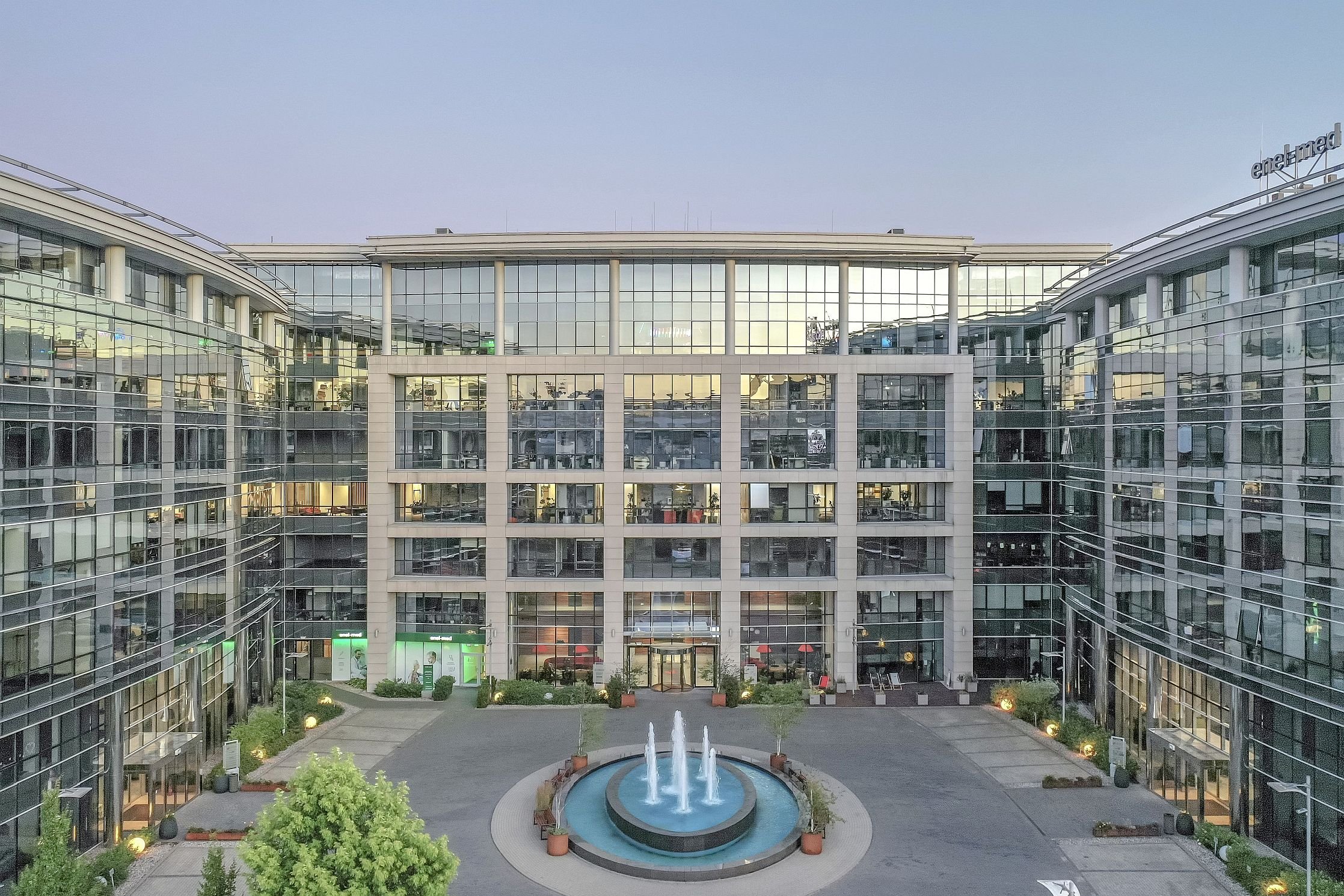Currently, there are about 230,000 sqm of office space under construction in 8 office buildings in Warsaw. In six major regional markets, around 270,000 sqm of new office space is being developed. These figures are several times lower than those recorded during the market boom, says Mateusz Strzelecki, Partner/Head of Tenant Representation, Walter Herz.
The downward trend in terms of the number of building permits issued in Warsaw has been observed since 2015. The pandemic and hybrid working have deepened the investment slowdown in the office sector. As a result, the amount of space being delivered is limited. In 2024, new office supply in Warsaw slightly exceeded 100,000 sqm. This is eight times lower than during the investment boom. In regional cities, more than 120,000 sqm of space was added, with the highest amount of new space in Wroclaw.
Modernizations Instead of New Developments
Despite the low number of new offices and continuing high demand for office space, developers remain cautious and sceptical about initiating new projects. In Warsaw, several projects are expected to start, such as Drucianka Campus, Fort 7, P 69, and new stages of The Park Warsaw complex. The Vibe 2 and Nowy Land investments by Ghelamco, as well as additional buildings in the Warsaw complex Towarowa 22 by AFI Europe and Echo Investment, are currently being prepared for implementation.
At the same time, there has been a rise in investments related to modernization processes, reconversions, functional changes, or demolitions of outdated buildings. Over the last five years, around 400,000 sqm of office space has been removed from the Warsaw market, with nearly half of it due to demolitions.
The slowdown in office investments is most visible in the regions, where new projects rarely come to fruition. Recently, the construction of Palio Office Park C has begun in Gdansk, and the Wita Stwosza complex in Cracow is under development, while the Nowy Format project by Skanska is in the preparation stage for construction. However, developers in general are still hesitant to begin office projects without secured pre-leasing agreements. Nonetheless, there are clear signs of potential improvement in the market and increasing demand for office space, which may lead to new projects being developed.
Potential for Increased Demand
In 2024, demand for office space was very high. In Warsaw, it reached around 740,000 sqm, while in the main regional markets, over 720,000 sqm of office space was leased. This high level of market absorption may continue to grow. There is significant potential for demand to increase in the upcoming quarters. New foreign investments are expected to generate a significant portion of this demand. Poland remains an attractive market for shared services centres, particularly from the US and DACH countries. We are seeing increased activity from companies in the technology, biotechnology, AI, and renewable energy sectors. However, the scale of investment will heavily depend on the developments in Ukraine and EU strategies.
Furthermore, there is an expected increase in tenant activity due to the cyclical nature of lease agreements, particularly those signed 5–7 years ago. Many companies signed leases between 2018 and 2020, and these contracts are now approaching expiration, which will trigger decisions about relocation or renegotiation of contracts.
An increased demand could also be driven by the growing trend of employees returning to the office and companies’ efforts to adapt office spaces to new employee needs. Changes being made in offices aim to support creativity, and team integration, retain talent, and help young people starting their careers integrate into teamwork.
Sectors with Growing Office Needs
For some time, we have observed the trend of space optimization within the IT sector. Tech companies are moving away from traditional open spaces in favour of more functional, flexible, and well-designed offices. Tenants from other sectors are also showing strong trends toward space optimization, which often goes hand in hand with increasing the space they occupy. The financial sector, banks, fin-tech, SSC/BPO, and the pharmaceutical industry are particularly expanding, focusing on buildings that meet high ESG standards.
The professional services sector (consulting, law, taxation) generally maintains its current office space but is improving the quality of offices to enhance the comfort of hybrid work. Meanwhile, the logistics, e-commerce, and some manufacturing sectors are seeking to reduce costs, which often translates into smaller office spaces or relocation to more cost-effective locations.
In Warsaw, the most active sectors in the rental market are financial services (banks, payment services), technology (AI, software, data), as well as public institutions and international organizations. These organizations are securing the largest spaces in new projects, such as Santander Bank, which leased 24,500 sqm in The Bridge.
Manufacturing Companies Are Leasing in the Regional Markets
In the Warsaw market, the most popular office sizes are between 800–1,500 sqm, located in central locations, particularly near Rondo Daszynskiego, in office buildings with ESG certifications and well-developed transport infrastructure. In regional cities, smaller office spaces of 500–1,000 sqm. are in demand, mainly in Class A buildings with employee wellbeing amenities.
In Cracow, Wroclaw, and the Tri-City, SSC/BPO centers and IT companies still dominate, but there is an increasing number of inquiries from manufacturing and engineering firms that are establishing operational hubs for their plants. Volvo is active in Cracow, and Arla Foods in the Tri-City.
However, due to the limited availability of modern space, part of which has already been leased, and high fit-out costs, most companies are still more inclined to renegotiate existing leases. However, we expect more relocations in the second half of 2025. It is also worth noting that the share of flexible office spaces in lease structures is increasing, not only in Warsaw but also in Cracow and the Tri-City.
Strong Recovery in the Office Sector on the Investment Transaction Market
An additional driver for new office projects, apart from expected interest rate cuts and reduced capital acquisition costs for investments, maybe the strong recovery of the sector in the investment transaction market. In 2024, there was a significant improvement in investor sentiment, which brought increased liquidity. Further interest rate cuts expected in Poland and the eurozone this year should further stimulate transactions, resulting in more attractive returns for investors.
The first interest rate cuts last year led to a noticeable increase in demand for prime office properties. In Warsaw, the sale of the Warsaw Unit tower for €280 million was completed, marking the largest single-property office acquisition in Europe. Other office buildings in Warsaw, such as P180, Studio B, and Lakeside, as well as the Poznan office building Nowy Rynek E, also changed hands.
Thanks to the return of large transactions involving prime assets, the office sector in Poland recorded nearly a fourfold increase in investment volume last year (€1.6 billion). The shift of investor interest toward office properties allowed the sector to regain its top position in transactions, sharing it with the retail sector.







